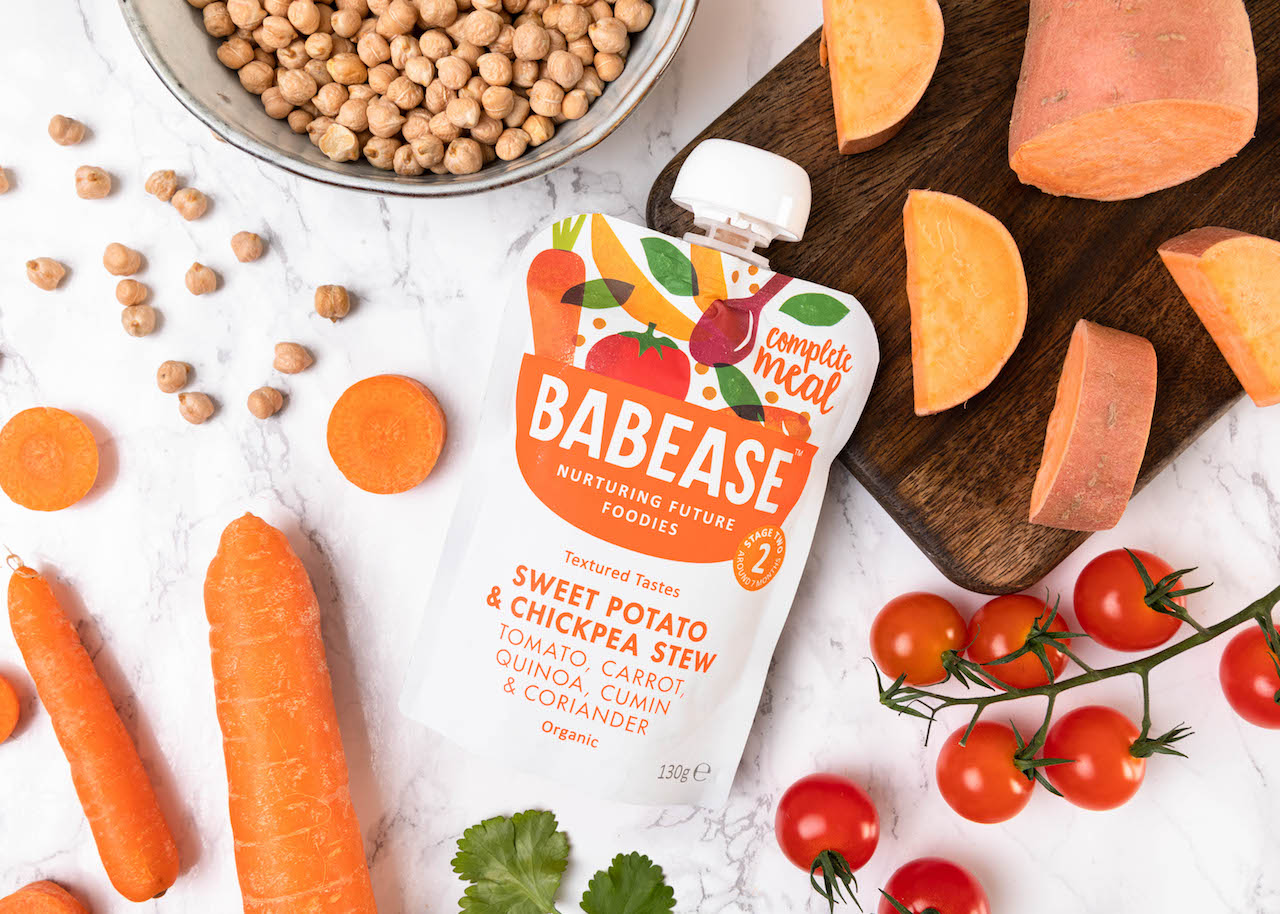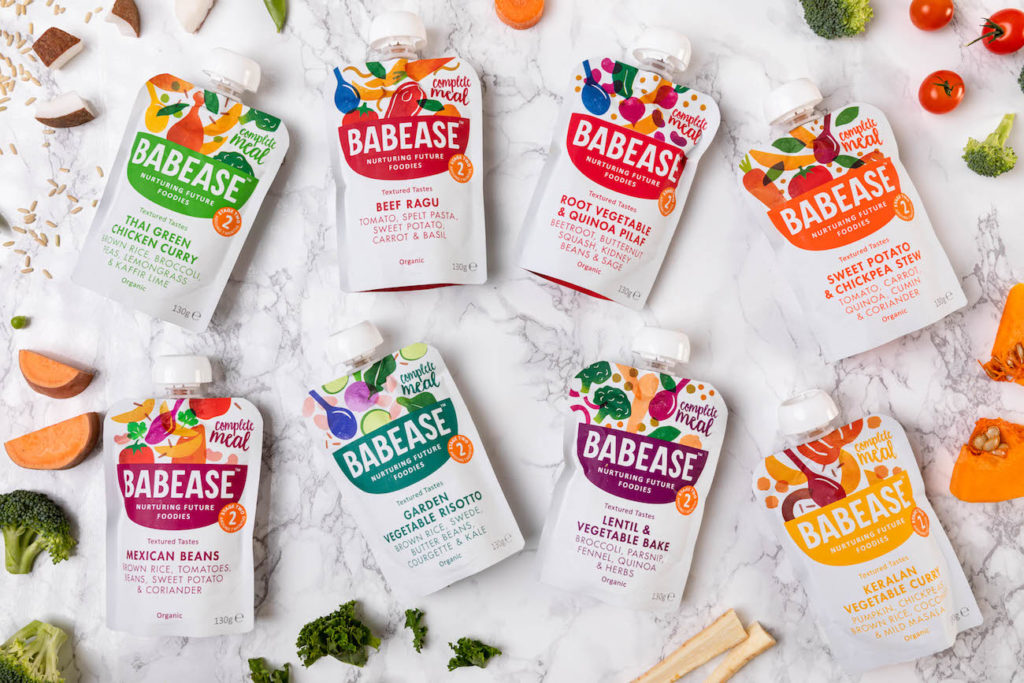
Babease Top Tips for Weaning
Starting weaning isn’t just about starting solids; it’s a chance to introduce your little one to intriguing flavours, nutritious bites and spark a love of wholesome food that lasts a lifetime. Babease are here to make the weaning journey easy and fun with some top tips and advice.
When is Baby Ready to Start Weaning?
Most babies will be ready for their first foods around six months old, but every little one is unique, so you should be guided by the following signs more than the calendar. That being said, no baby should ever be introduced to solid foods before four months old.
You should look for a combination of these signs:
- Holding their head steady upright – if their head is still floppy, it’s not time for solid food yet.
- Hand and mouth coordination – can they grab items, like a toy, and bring them to their mouth yet?
- Swallowing more food than they push back out – babies that aren’t ready for solids push food out with their tongue as a reflex.
If you’re unsure, speak to your GP, who can offer personalised advice for your little one.
Babease Top Tips for Weaning
Keep your little one’s weaning journey on the right track with our top tips:
Establish a Routine
Developing a routine will let your baby know what to expect from mealtimes. This sense of familiarity around mealtimes can make it easier for your little one to be more receptive to trying out new flavours and textures.
Start by Introducing Bitter Veg
Introduce bitter veggies, like kale, broccoli and brussel sprouts, early on in the weaning journey. Research suggests that feeding your baby a variety of bitter veggies as first tastes can lead to a better acceptance of vegetables later in life. That means fewer fights about eating their greens throughout childhood!
Milk is Still Important
When you start the weaning journey, you won’t be dropping milk feeds entirely, but slowly adding new foods to their diet alongside the milk feeds. Gradually, you can reduce their milk intake once they are eating three meals a day. Pay attention to your baby’s signals, and you’ll be able to adjust the balance between milk and solids as they naturally progress.
Make Mealtimes More Fun
Make mealtimes interactive and fun by encouraging sensory play. While it might seem counterintuitive to encourage your baby to mash up their food and throw it everywhere, it really helps to develop their motor skills and coordination, as well as keeping them engaged in the weaning process.
Provide Variety
Keep little ones interested and intrigued by food by offering a diverse selection of ingredients and flavours early on in the weaning process. Experiment with different cooking methods to change up the texture of the food, like mashed sweet potato and roasted sweet potato sticks. Add baby-friendly herbs and spices, like rosemary, basil, paprika and nutmeg to food to keep it flavourful and fun.
Practice Patience
It can take a weaning baby between 6-15 times to accept a new food, so try to keep as patient as you can and try again. Don’t put pressure on yourself or your baby; just keep offering the new foods regularly, even if they only end up playing with it.
Embrace the Mess
There’s no escaping the fact that the weaning journey will be a messy time as your little one learns how to use their hands to eat. Don’t get mad at the mess; you have to embrace it! If you’re worried about food getting everywhere, consider covering the floor with a plastic/vinyl sheet to make cleaning up easier. You can even recover some of the food from this for later!
Some parents also let their little ones eat wearing only a nappy to avoid having to add to the ever-growing laundry pile with food-stained clothes!
Don’t Panic When They Gag
Your baby is learning how to chew and swallow, so it’s not uncommon for them to make gagging sounds as they eat. While it’s easier said than done, try not to panic! It’s a natural part of weaning and shows that your baby is learning how to handle food in their mouths.
To avoid choking, make sure to watch your little one while they eat, ensure they’re sat in an upright position and that the food is soft enough to be bitten by gums. The more you offer lumps and soft finger foods, the more they can practice chewing and become more confident eating without gagging.

